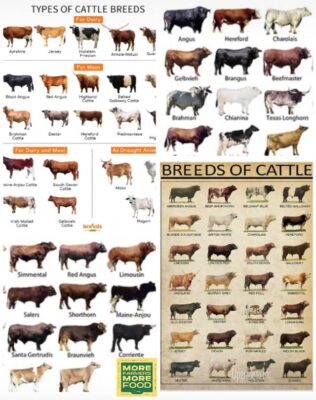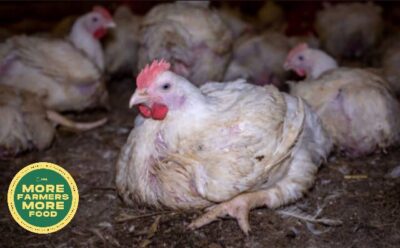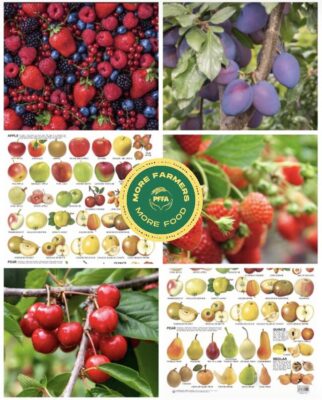Storing Saved Seeds
In this Article...
A Comprehensive Guide to Preserving Nature's Treasures
When it comes to seed saving, proper storage is key to maintaining the viability and integrity of the seeds you’ve carefully collected. Whether you’re an experienced gardener or just starting your seed-saving journey, understanding the best practices for storing saved seeds is essential. Join us as we delve into the art of seed storage and unveil the secrets to preserving your horticultural treasures for years to come.
Harvesting Seeds: The first step in storing saved seeds is ensuring they are harvested at the right time. Each plant has its own unique seed maturity period, so it’s important to research and identify the optimal time to collect seeds. Generally, seeds should be allowed to fully mature on the plant before harvesting. Choose healthy, disease-free plants and carefully extract the seeds, ensuring they are fully dry before proceeding to the storage phase.
Cleaning and Drying: Properly cleaning and drying your saved seeds is crucial for their long-term viability. Start by removing any debris or plant material from the seeds using a fine sieve or mesh screen. This helps separate the seeds from chaff and ensures you’re storing only the highest quality seeds. Once cleaned, spread the seeds out in a single layer on a paper towel or a fine-mesh screen. Allow them to air-dry thoroughly in a cool, well-ventilated area for several weeks. This drying process reduces the risk of mould and prevents moisture from compromising the seeds’ viability during storage.
Choosing the Right Containers: Selecting the appropriate containers for seed storage is essential to maintain the seeds’ quality. Opt for airtight and moisture-resistant containers, such as glass jars with tight-fitting lids, plastic zip-lock bags, or seed storage envelopes. It’s important to ensure that the containers are clean and completely dry before placing the seeds inside. Label each container with the seed variety, date of collection, and any other relevant information to stay organised and easily identify your stored seeds.
Optimal Storage Conditions: Creating the right environment for seed storage is crucial to maximise their longevity. Aim for cool and dry conditions, as heat and humidity can reduce seed viability. Ideally, seeds should be stored at a temperature between 32°F (0°C) and 50°F (10°C), with a relative humidity level of around 30-40%. A cool basement, a refrigerator, or a freezer can be suitable storage spaces, depending on the specific requirements of the seeds you’re storing.
Refrigerator Storage: For many seeds, refrigeration can provide the cool and stable environment they need. Seal the seed containers in moisture-proof bags or airtight containers to prevent any moisture from entering. It’s important to note that some seeds may require stratification (a period of cold and moist conditions) before germination. Research the specific requirements of the seeds you’re storing to ensure you’re providing the optimal conditions.
Freezer Storage: Freezing can significantly extend the lifespan of certain seeds. Before placing seeds in the freezer, make sure they are thoroughly dried and sealed in moisture-proof containers. Consider using vacuum-sealed bags or adding desiccant packets to further protect against moisture. When retrieving seeds from the freezer for planting, allow them to reach room temperature before opening the container to prevent condensation.
Monitoring and Testing: Regularly inspect your stored seeds to ensure they remain in good condition. Check for any signs of moisture, mould, or pest infestation. If you detect any issues, promptly remove the affected seeds to prevent further damage. Additionally, periodically test the seed viability to gauge their germination rate. Conduct a simple germination test by placing a small sample of seeds on a damp paper towel or in seed-starting trays. Monitor the seeds’ progress over a designated period and note the germination rate. This helps you determine the viability of the stored seeds and plan for future plantings accordingly.
Documentation and Organization: Keeping a record of your saved seeds is essential for easy reference and effective organisation. Create a seed inventory that includes detailed information about each seed variety, collection date, and any relevant notes or observations. Consider using a spreadsheet, a seed journal, or specialised seed management software to maintain an organised and easily accessible record of your saved seeds. This documentation not only helps you keep track of your collection but also allows you to share or exchange seeds with fellow gardeners more effectively.
By following these guidelines for storing saved seeds, you can ensure their longevity and viability, allowing you to continue growing and enjoying your favourite plant varieties for years to come. Remember, seed saving is not only a way to preserve biodiversity and cultivate resilient plants but also a rewarding journey that connects us to the cycles of nature and the heritage of our gardens.



